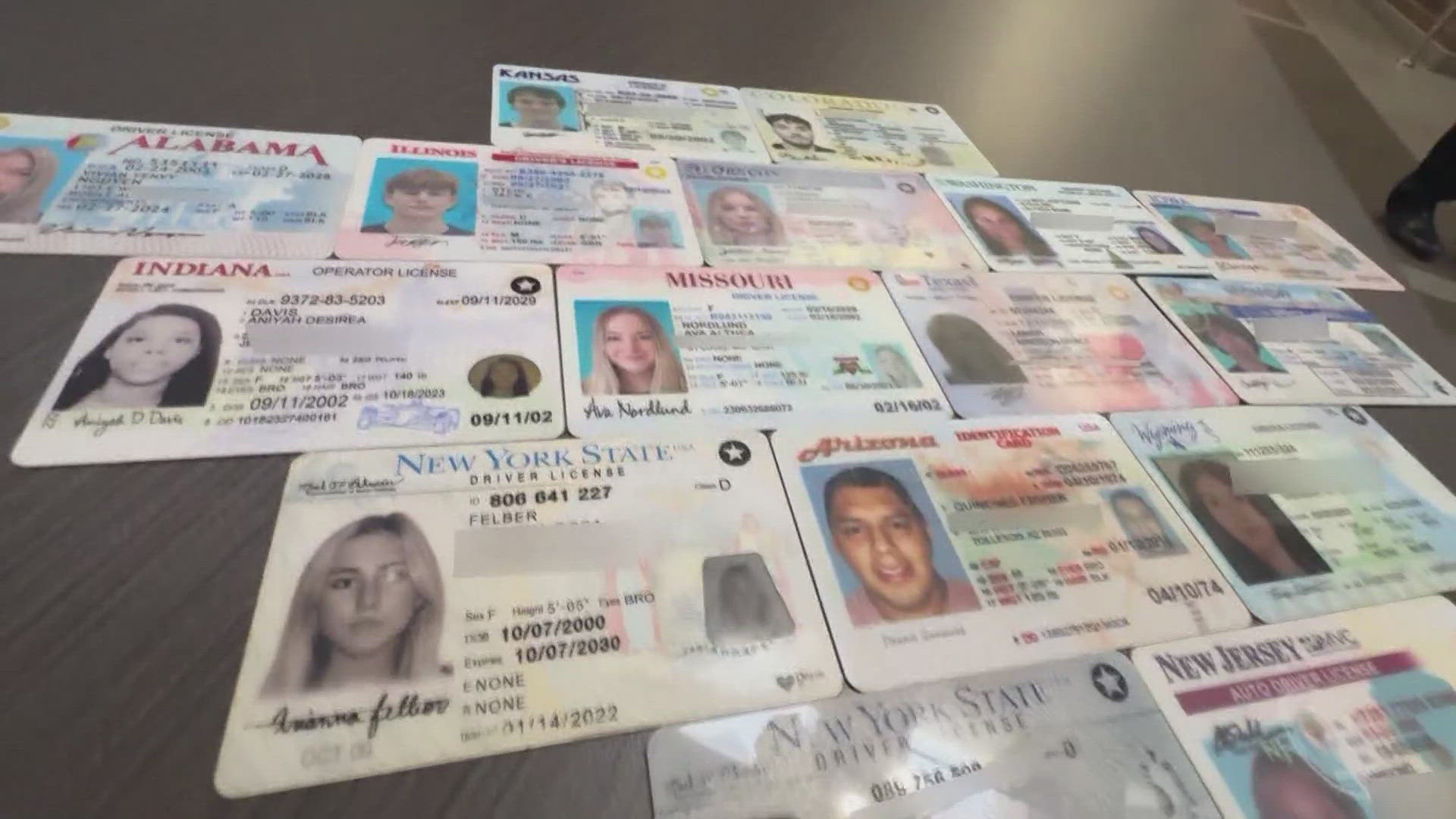OnlyFakes AI and the Rise of Smart Document Tools
How AI-generated IDs and document mockups are reshaping verification and design tools.
Pavel Aleksey

OnlyFakes AI and the Rise of Smart Document Tools

The world of identity verification is changing fast. With tools called onlyfake, developers, designers, and fraud analysts are learning how to spot ai powered simulations and detect fake document submissions. These tools aren't just helping build better systems—they're also revealing just how sophisticated generated fake ids can be.
What Is OnlyFakes.ai?
The platform onlyfakes is gaining attention for its realistic identity mockups. It uses generative ai to simulate documents, powered by neural networks. From user interface prototyping to system validation, its features are designed to help teams test security processes without risking real data. The service operates through sites like OnlyFake.cc.
OnlyFakes – HF & AI Integration
onlyfakes - hf and onlyfakes hf refer to hosted features that allow for instant visual generation of template-based ID files. These tools highlight the risks of poorly secured systems where identity fraud may occur due to overlooked vulnerabilities in design or verification logic.
Access via OnlyFakes.app
The tool is accessible through both onlyfakes. app and onlyfakes.app, where teams can safely generate mock IDs. These mockups are often used to test biometric verification software, simulate onboarding flows, or build UI demos. For developers or researchers, these are excellent resources to detect fake documents and measure system resilience.
OnlyFake License and Development Tools
The official onlyfake license outlines permitted use cases—such as demo generation, academic analysis, and fraud detection. Researchers looking for advanced models sometimes visit repositories like onlyfake github for guidance on secure implementation. These are not for real ID production and must be clearly labeled for training purposes only.
Use Cases for OnlyFake ID Testing
- Simulating suspicious upload flows for fintech onboarding
- UI validation with onlyfake id examples to train customer support teams
- Exposing loopholes in document recognition algorithms
AI Tools, Ethics, and Future Oversight
The surge in onlyfake ai tools shows how easily someone can create fake images or ID screenshots. According to investigations, such as those by 404 media, document fraud attempts often succeed when platforms lack validation safeguards. That's why companies are now integrating resistant ai to analyze textures, metadata, and liveness detection in every verification.
Visual engines like onlyfake-ai also stress the importance of transparency—especially when images generated could be used to mimic government-issued IDs.
Conclusion
While tools like onlyfakes ai help us understand digital vulnerabilities, their power demands caution. Used ethically, platforms like OnlyFake.cc are valuable for software testing, design simulation, and awareness training. However, misusing them for illegal identity replication is a serious crime. Learn from them, don't exploit them.

Pavel Aleksey
Document generation expert passionate about the intersection of AI and automation. I help businesses streamline their document workflows with cutting-edge technology.
Comments (0)
Join the discussion and share your thoughts on this article.
